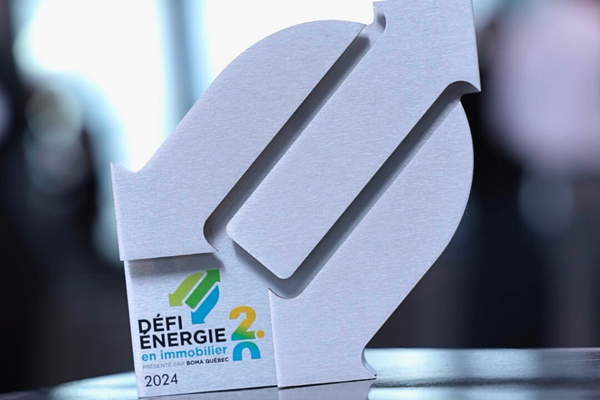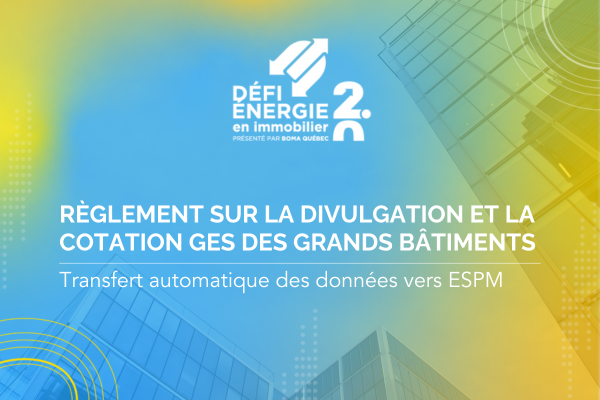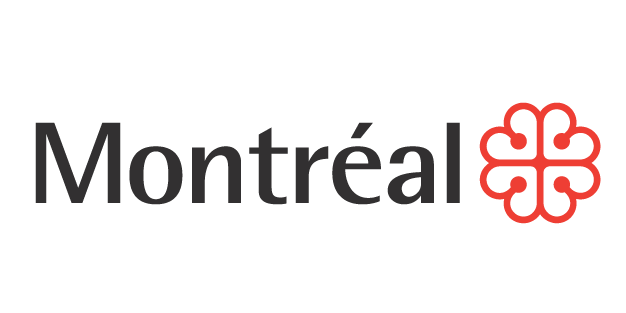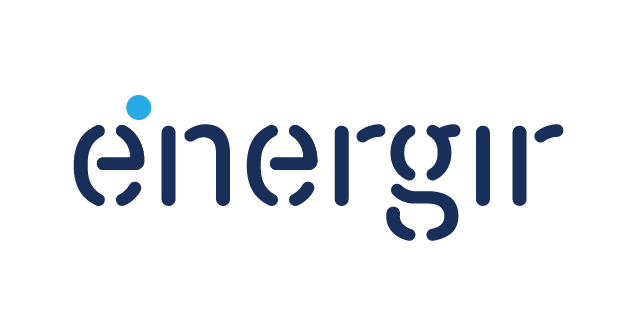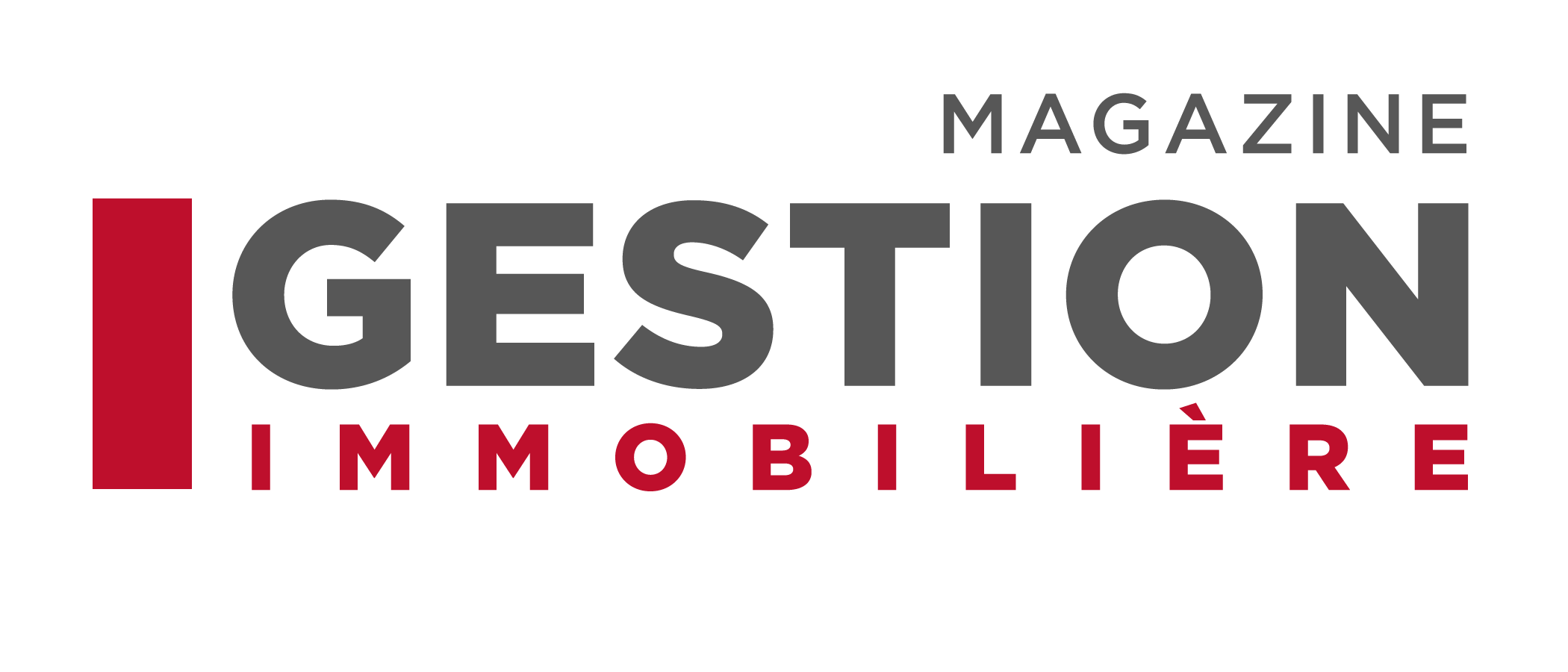An energy audit is a study of your energy consumption to pinpoint opportunities for energy savings. It is typically carried out by an energy consumption expert. Three levels of energy audits are defined in ASHRAE’s Standard 211: Standard for Commercial Building Energy Audits.
Level 1 Audit ($): A walk-through survey that allows you to rapidly identify opportunities for energy savings at an affordable cost.
- The auditor analyzes your energy use intensity (EUI) and your energy costs. Please have on hand your energy invoices (electricity, gas, etc.).
- Your energy consumption is compared to that of other similar buildings so you can see where you sit in terms of energy performance.
- A quick inspection of the building is carried out, without going into extensive detail as regards mechanical rooms.
- The auditor provides a summary report with recommendations for ways of saving energy, classified by priority. The recommendations are not quantified in terms of costs and savings, but are placed into two categories: “low cost /no cost” energy efficiency upgrades and “potential capital cost” upgrades.
Level 2 Audit ($$): This energy survey and analysis is the most common in the commercial market.
- The auditor inspects the building’s mechanical equipment in greater detail during his visit.
- A breakdown of building energy consumption by major end-use is carried out.
- Suggested energy-saving measures are calculated and quantified (costs, savings, PRI).
- Grants and subsidies available for the measures proposed are identified and calculated.
Level 3 Audit ($$-$$$):
This detailed analysis of capital-intensive modifications is aimed at building owners who are already well-versed as regards energy consumption in their buildings, but who want to optimize energy consumption by means of more advanced measures: precise measuring of mechanical equipment, energy use simulations, economic analysis of the life cycle of the energy-saving measures being considered, etc.
Minimal Level recommended by BEI
 If you’ve never had the opportunity to measure energy consumption in your building, the Level 1 Audit is a good place to start. You might, however, feel unsatisfied given that the measures proposed do not go into detail. Most audits in the commercial market, in fact, tend to be Level 2 Audits. But if your building has never been audited, then Level 1+ is probably a good way to jump in.
If you’ve never had the opportunity to measure energy consumption in your building, the Level 1 Audit is a good place to start. You might, however, feel unsatisfied given that the measures proposed do not go into detail. Most audits in the commercial market, in fact, tend to be Level 2 Audits. But if your building has never been audited, then Level 1+ is probably a good way to jump in.
Level 1+ ($-$$)
- Meets all the requirements of Level 1 described above;
- The auditor presents a breakdown of building energy consumption by major end-use;
- The auditor presents a preliminary quantification of the measures proposed (including subsidies) without, however, having recourse to modelling or to more detailed methods of calculation.
- Generally speaking, eligible for grants and subsidies: TEQ-Analyse, Energir‑Étude (see below for more details)
Reference: $ : Typ. < $15K, $$: Typ. < $30K, $$$: Typ. > $30K (varies according to scope and complexity of buildings).
Take advantage of the subsidies available!
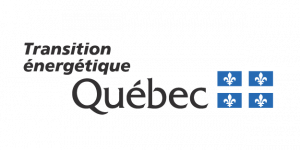
TRANSITION ÉNERGÉTIQUE QUÉBEC
ÉcoPerformance Program
Volet Remise au point des systèmes mécaniques (recommissioning) :TEQ-RCx
Volet Analyse: TEQ-Analyse
Volet Implantation: TEQ-Impl
Volet Gestion de l’énergie: TEQ-Gestion
ÉNERGIR
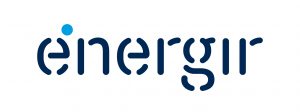
Energy Audit and Implementation Program
Recommissioning Existing Mechanical Systems: Energir-RCx
Feasibility Study: Energir-Étude
Energy Efficient Renovations: Energir‑Impl
Energy Efficient Equipment Program: Energir-Appareils
Energy Efficient Renovations and Construction Program
Energy Efficient Renovations – Improving the Building Envelope; Energir-Rénov
Coming soon: Smart Thermostats.
HYDRO-QUÉBEC

Efficient Solutions Program
Simplified Option – Pre-defined Measures: HQ-Simpl
Customized Option – Innovative Measures :HQ-Innov
In certain cases, you can also combine the two!
Popular Measures
Upgrading mechanical systems (recommissioning): TEQ‑RCx, Energir-RCx
Adding/modernizing controls: TEQ-Gestion, Energir-Impl
Converting to demand-controlled ventilation systems: TEQ‑Impl, Energir-Impl, HQ-Simpl*
Demand-controlled fresh air management (e.g. CO2 sensors): TEQ‑Impl, Energir-Impl
Upgrading/optimizing heat recovery systems: TEQ‑Impl, Energir-Impl, HQ-Simpl*
Upgrading/optimizing “free” cooling systems: HQ-Simpl
Replacing heating equipment with condensing boilers (natural gas or electric): TEQ‑Impl, Energir-Impl
Converting to demand-controlled hydronic heating systems: TEQ‑Impl, Energir-Impl
– Implementation/optimization of dual energy heating systems: TEQ‑Impl
– Upgrading lighting: HQ-Simp
– Improving the building envelope (e.g. sealing, insulation, replacing windows): Energir-Rénov, HQ-Simpl*. For electrically heated buildings (TAE)
Various Benefits depending on Investment
Recommissioning
– Large number of low-coast measures.
– Savings from 5 to 15%.
Minor Energy Retrofits
– Limited to one or a few targeted measures.
– Savings of up to 15%.
Major Energy Retrofits
– Measures aimed at numerous building systems.
– Savings of 15 to 40%.
Extensive Energy Retrofits
– Modernizing or reconstructing a building.
– Savings of more than 40%.
Source: https://www.rncan.gc.ca/sites/www.nrcan.gc.ca/files/oee/buildings/pdf/RetrofitGuidelines-f.pdf

